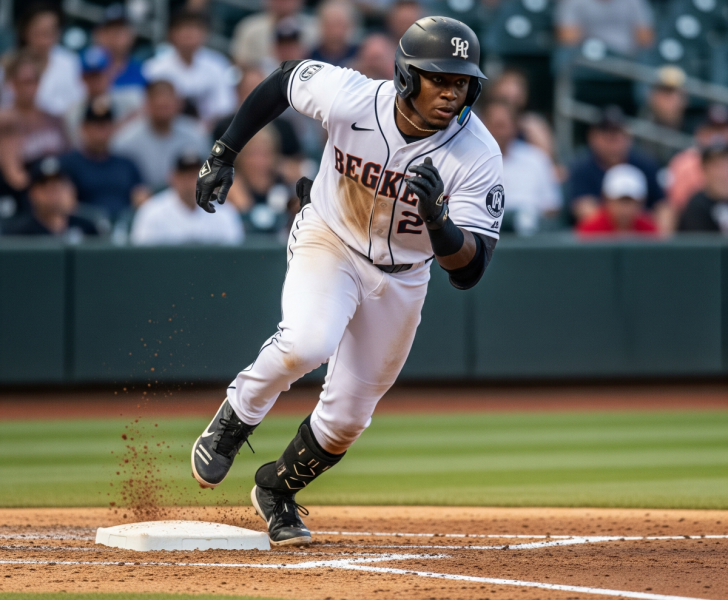For decades, a baseball hitter’s worth was often distilled into one simple number: batting average. While this traditional statistic certainly offers a quick snapshot of how often a player gets a hit, the modern game demands a far more sophisticated lens to truly evaluate offensive prowess. Today, a wealth of advanced statistics are peeling back the layers, providing deeper insights into what truly makes a hitter effective and valuable to their team. Understanding these metrics allows fans and analysts alike to move beyond simple hits and appreciate the nuanced art of run creation.
The primary limitation of batting average is its simplicity; it treats all hits equally, regardless of whether they are a bloop single or a towering home run. Furthermore, it completely ignores a hitter’s ability to draw walks, a crucial aspect of getting on base and contributing to run-scoring opportunities. A player with a moderate batting average but a high walk rate and significant power might be far more productive than a high-average hitter who rarely draws walks or hits for extra bases. This is where advanced metrics step in to paint a much richer portrait of a player’s offensive contributions.
One of the most widely adopted advanced stats is OPS, which stands for On-base Plus Slugging. It cleverly combines two critical offensive components: On-Base Percentage (OBP), which measures how often a hitter reaches base via any means (hit, walk, hit-by-pitch), and Slugging Percentage (SLG), which quantifies a hitter’s power by weighting extra-base hits more heavily. By simply adding these two percentages, OPS provides a more comprehensive view of a hitter’s ability to both get on base and hit for power, two fundamental pillars of scoring runs. While not perfect, it’s a significant step up from batting average alone.
For an even more precise measure, analysts often turn to wOBA, or Weighted On-Base Average. This sophisticated metric assigns a specific run value to each offensive outcome – a single, double, triple, home run, walk, or hit-by-pitch – based on historical data of how much each event contributes to scoring. Unlike OPS, which treats OBP and SLG components somewhat arbitrarily in its sum, wOBA is scaled to be similar to OBP, making it relatively easy to understand what constitutes good, average, or excellent performance. It is considered one of the most accurate measures of a player’s overall offensive value.
To specifically isolate a hitter’s raw power, we have ISO, or Isolated Power. This statistic is calculated by subtracting a player’s batting average from their slugging percentage. The resulting number reveals how many extra bases a player averages per at-bat, providing a clear indication of their ability to drive the ball for doubles, triples, and home runs, independent of their singles. Furthermore, the advent of Statcast technology has introduced metrics like Exit Velocity (how hard a ball is hit) and Launch Angle (the vertical angle at which the ball leaves the bat). These tools help quantify the quality of contact a hitter makes, offering predictive insights into future performance and helping teams optimize player development.
Understanding and utilizing these advanced statistics has revolutionized how Major League Baseball teams evaluate talent, make roster decisions, and formulate game strategies. They allow front offices to identify undervalued players, project future performance with greater accuracy, and tailor coaching to maximize individual strengths. For fans, delving into these numbers offers a more profound appreciation of the subtleties of hitting, revealing the true impact players have beyond the traditional box score. While batting average will always have a place in baseball lore, the modern era is defined by a deeper, more analytical approach to understanding offensive excellence, making the game richer and more fascinating than ever before.




